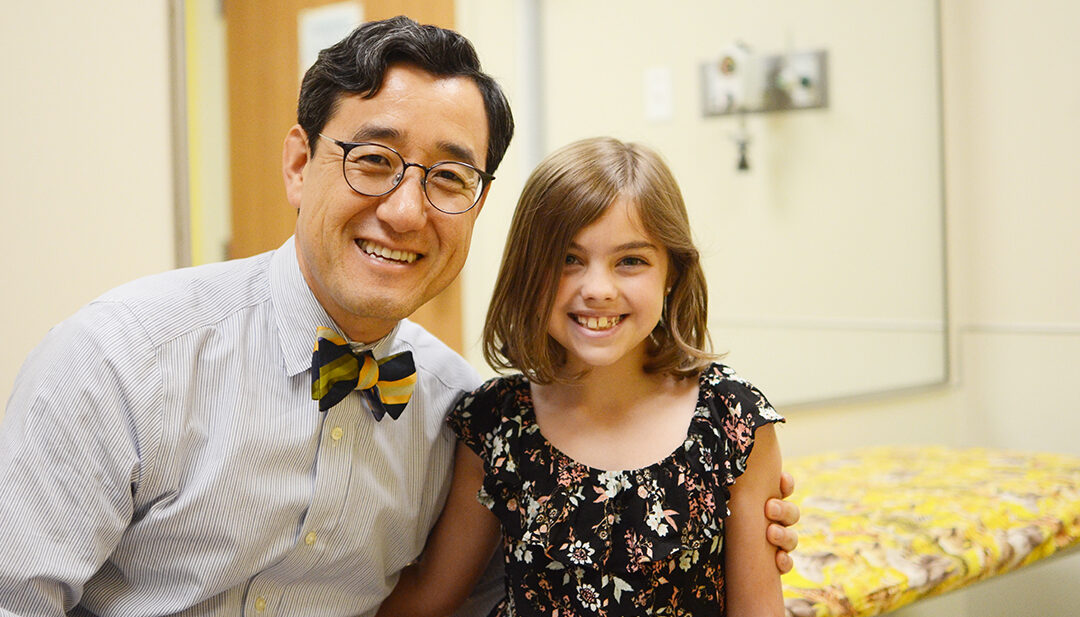What Happens to the Hips in Perthes Disease
In a normal hip joint, the round femoral head of your femur fits perfectly into the round socket of the pelvis. Perthes disease interrupts the blood flow to the femoral head, causing all or part of it to die due to the lack of blood. The bone death is medically referred to as osteonecrosis.
Once the bone dies, the femoral head is more prone to breakage and heals poorly in older children. As a result, the pressure and weight on the bone from normal rigorous activities can cause the round portion to become flat over few months to a year after the diagnosis. For one to two years after bone death occurs, new bone gradually begins to fill in the areas where the body has removed the dead bone.
The Cause of Perthes Is Still Unknown
While we know what happens to the hip to alter the round shape of the femoral head, we still don’t know what causes the precipitating interruption of blood flow. We also know that Perthes is not heritable, since less than five percent of the patients have a family history of the disease. However, some other heritable hip conditions or blood disorder can mimic Perthes, such as inherited bone dysplasia like multiple epiphyseal dysplasia and sickle cell disease. History of taking corticosteroid for treatment of asthma, inflammatory conditions or cancer can also produce bone necrosis that mimics Perthes.
Diagnosing Perthes Disease
Because so many other diseases can mimic the symptoms of Perthes, it is known as a disease of exclusion. Doctors will rule out other conditions by taking a careful medical history and performing a physical exam. The physician will typically ask about the following diseases to rule them out:
- Family history of hip disorders or early joint replacement
- Steroid use, such as for asthma
- Prior hip surgeries
- History of sickle cell disease
- History of hip infection
- History of endocrine or clotting disorders
To confirm a potential Perthes diagnosis, doctors will perform X-rays of the hips. If an X-ray is taken too soon after symptoms have begun, it may appear normal. In that case, physicians can order a very sensitive diagnostic test called perfusion MRI if they still suspect Perthes.
Treatments and Complications
The body will naturally remove and replace the dead bone of the femoral head with new bone, so, to some extent, Perthes is self-healing. However, the healing process may be slow and even after healing has taken place, the femoral head may not return to its original round shape. When that fails to happen, patients may experience long-term complications, such as pain, stiffness and arthritis later in life.
Until the healing phase is complete, nonsurgical treatments might include crutches, wheelchairs, casting and/or bracing, and reduced physical activity. Surgical treatments might include pelvic or femoral osteotomy a process that re-orient the pelvis or femur. In older children, another treatment option is to make bone channels to speed up healing and to inject bone marrow stem cells.
While Perthes is in some ways self-healing, femoral heads sometimes don’t heal properly but there are other treatment options are available. With the interventions we have today and new treatment knowledge about the condition, those with Perthes can usually return to daily activities and sports activities without problems.
Learn more about the various hip conditions our experts treat.

